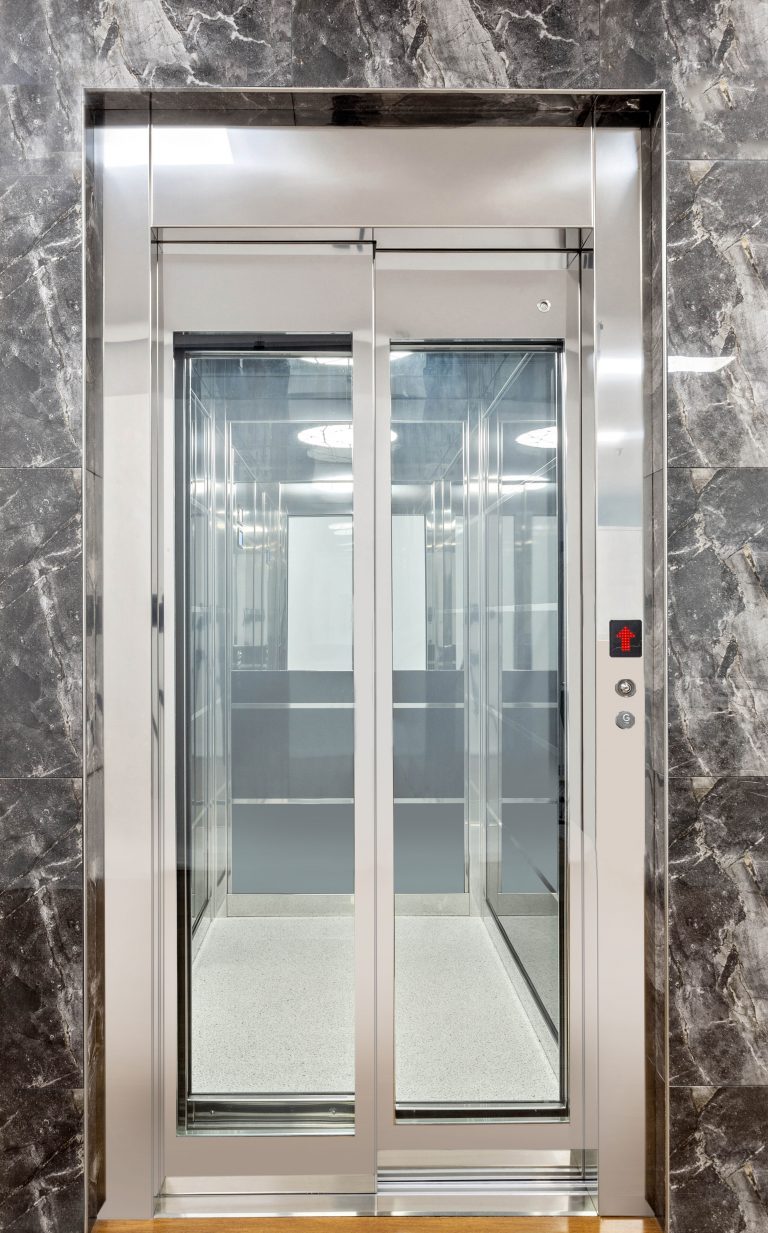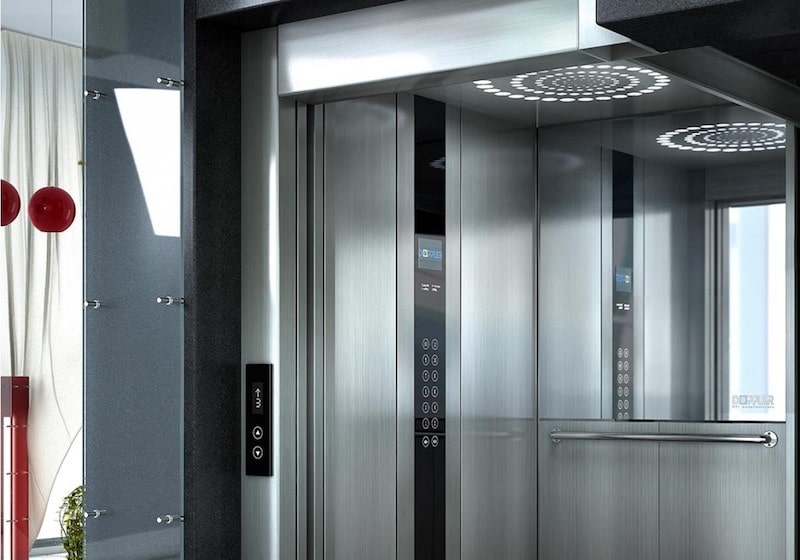Discover Reliable Lift Repair Near Me for Rapid and Affordable Service
Discover Reliable Lift Repair Near Me for Rapid and Affordable Service
Blog Article
Looking Into the Globe of Elevators: Common Concerns Faced by Numerous Lift Devices
As we navigate via the upright transportation systems of contemporary buildings, elevators stand out as an essential part of our day-to-day lives. From hydraulic lifts to grip systems and machine-room-less layouts, each lift kind comes with its set of typical problems.
Hydraulic Elevators
Hydraulic lifts, frequently chosen for low-rise structures, make use of fluid pressure to control the activity of the lift car (lift repair companies). This device entails a hydraulic pump pushing oil right into a cyndrical tube, creating the elevator to move in the desired instructions. While hydraulic elevators are known for their silent and smooth procedure, they do come with their own collection of usual problems
One prevalent issue with hydraulic lifts is oil leak. Additionally, issues with the control system, such as damaged shutoffs or a malfunctioning pump, can trigger disruptions in the lift's movement.
Routine upkeep and punctual repairs are vital to guarantee the smooth functioning of hydraulic lifts. By dealing with these usual issues proactively, structure owners can decrease downtime and make certain the safety and effectiveness of their vertical transport system.
Traction Lifts
When taking into consideration vertical transport systems in buildings, another common type in addition to hydraulic lifts is the traction lift. Grip elevators operate using a system of ropes and counterweights that move the elevator car by clutching onto the hoist ropes. This device permits smoother and quicker upright transport contrasted to hydraulic systems.
Among the common concerns encountered by grip elevators is rope wear. The continuous movement of the ropes within the traction system can lead to tear and put on with time, potentially triggering the lift to malfunction or become harmful for use. Regular evaluations and maintenance of the ropes are necessary to guarantee the lift's correct functioning and security.
One more problem that grip elevators may run into is connected to the control system. Problems with the control system can bring about problems such as unpredictable motion, hold-ups in action times, and even complete shutdowns. Normal testing and maintenance of the control system are critical to stop such problems and ensure the elevator's dependability.
Machine-Room-Less (MRL) Elevators

One of the vital parts of MRL lifts is the compact gearless traction equipment that is mounted within the hoistway. This maker efficiently drives the elevator car without the demand for cumbersome devices discovered in conventional grip lifts. In addition, MRL lifts usually utilize a counterweight system to balance the useful source car, additional enhancing their energy efficiency.
Regardless of their advantages, MRL elevators might encounter obstacles associated with upkeep and fixing as a result of the restricted room for devices installation. Access for servicing parts within the shaft can be limited, calling for specialized training for service technicians. Proper upkeep timetables and normal inspections are essential to make certain the continued smooth procedure of MRL lifts.
Overloading and Weight Restriction Issues
Overloading and weight restriction concerns are important issues in elevator operations. Lift manufacturers design raises with particular weight abilities to ensure passenger safety and devices longevity.
When lifts are overwhelmed, it places too much strain on the motor, wires, and other components, possibly creating malfunctions or breakdowns. Safety and security devices such as sensors and overload sensors remain in place to prevent lifts from relocating if they identify excess weight. In addition, going beyond weight limits can cause increased power consumption and wear and tear on the lift system.
To mitigate overloading problems, building managers need to plainly present weight limitations in elevators and educate owners on view publisher site the importance of sticking to these limitations - lift repair companies. Routine maintenance checks by certified professionals can also help make certain that lifts are running within safe weight parameters. By attending to overloading and weight limit problems proactively, structure proprietors can improve elevator security and efficiency
Electrical System Failings
Surpassing weight restrictions in lifts can not only lead to mechanical concerns but additionally potentially contribute to electric system failings within the lift framework. Electric system failures are a critical issue in elevator operation, as they can trigger unanticipated closures, breakdowns, or even security risks.
Additionally, power surges or fluctuations in the electrical supply can likewise interfere with the lift's operation, affecting its efficiency and security. These electric disturbances can damage sensitive elevator parts such as control panels, motherboard, or sensors, leading to system failings. Routine upkeep and assessments are vital to identify and resolve prospective electrical issues immediately, making sure the reliable and risk-free operation of elevator systems. By adhering to weight limits and performing routine electric system checks, building proprietors can mitigate the threat of electrical failings in elevators.
Final Thought

Hydraulic lifts, frequently preferred for low-rise structures, utilize fluid you could try this out pressure to regulate the motion of the lift vehicle.When thinking about vertical transport systems in structures, an additional common type aside from hydraulic elevators is the traction elevator. Traction elevators operate utilizing a system of ropes and counterweights that move the elevator auto by gripping onto the hoist ropes. Unlike conventional elevators that call for a separate machine space to house the devices, MRL lifts incorporate most of the components within the shaft, getting rid of the requirement for a specialized machine space.In verdict, elevators face usual concerns such as hydraulic malfunctions, traction system failings, and electric system issues.
Report this page